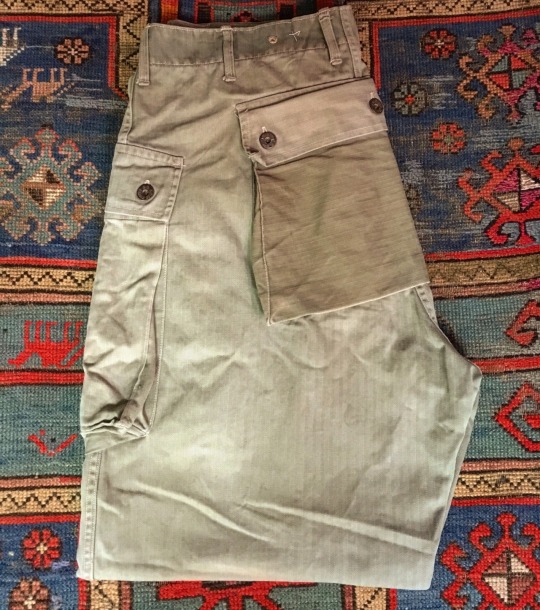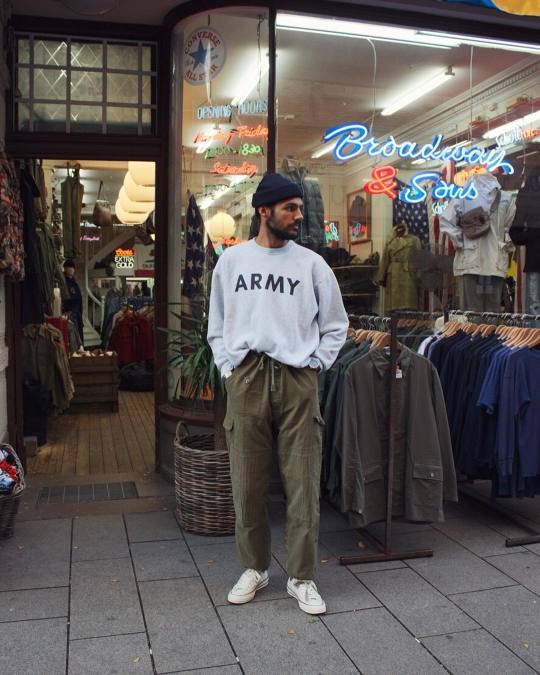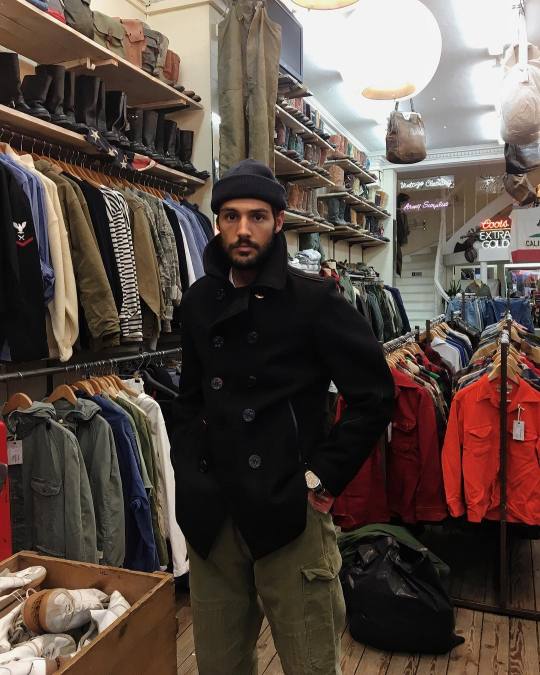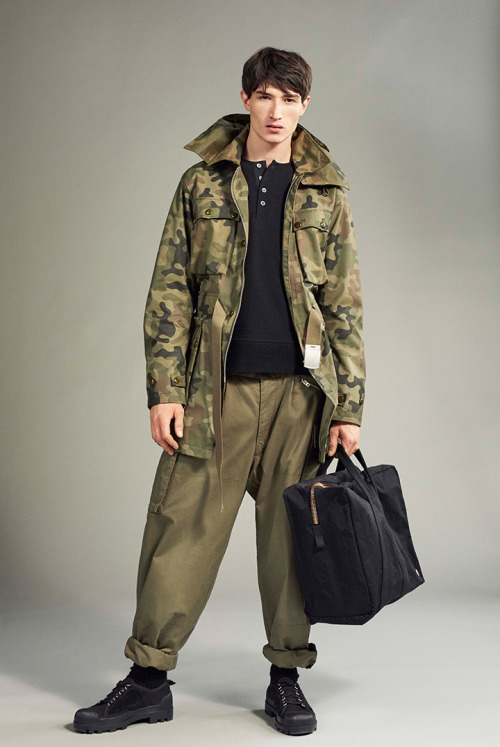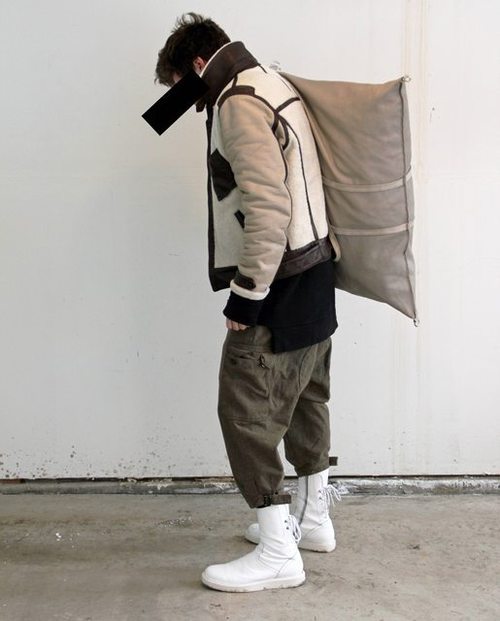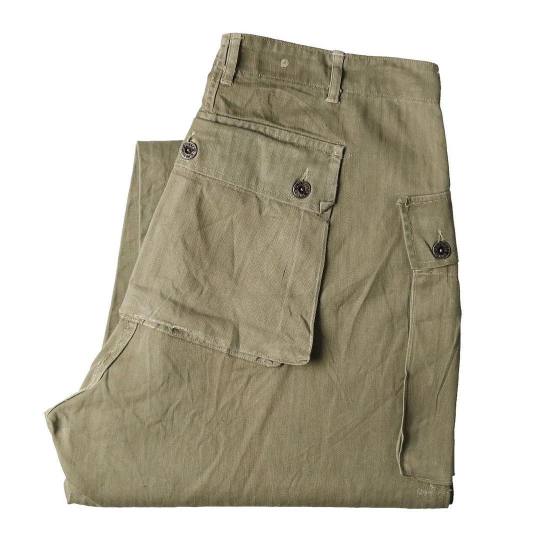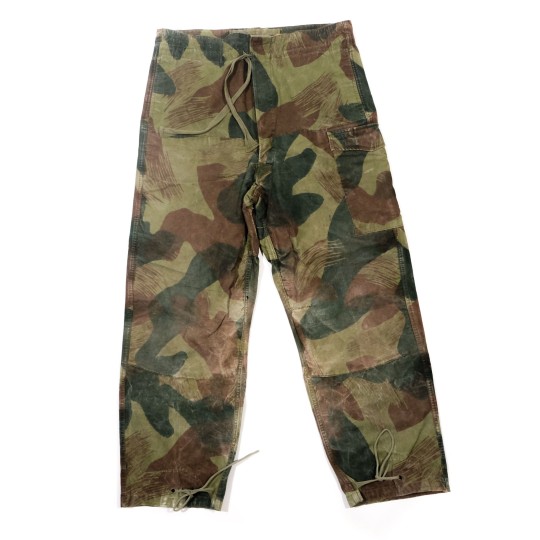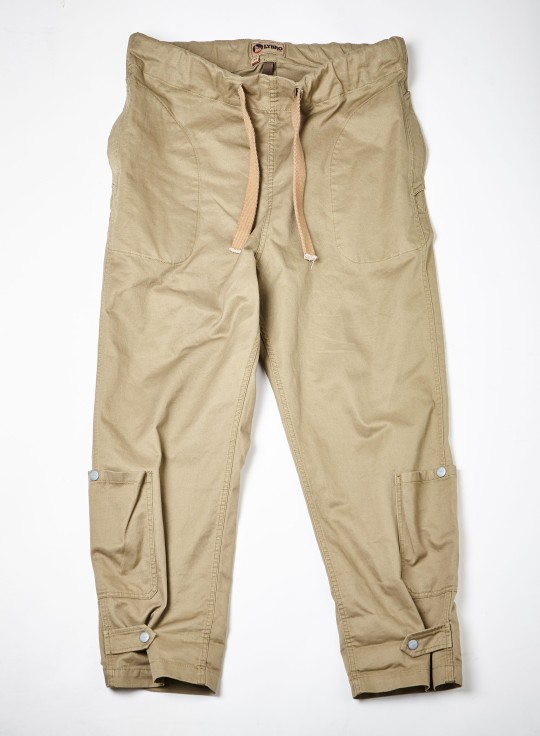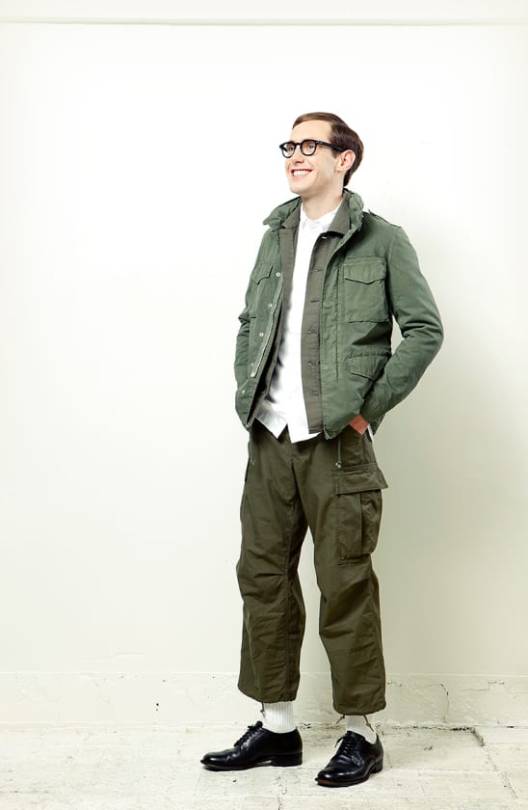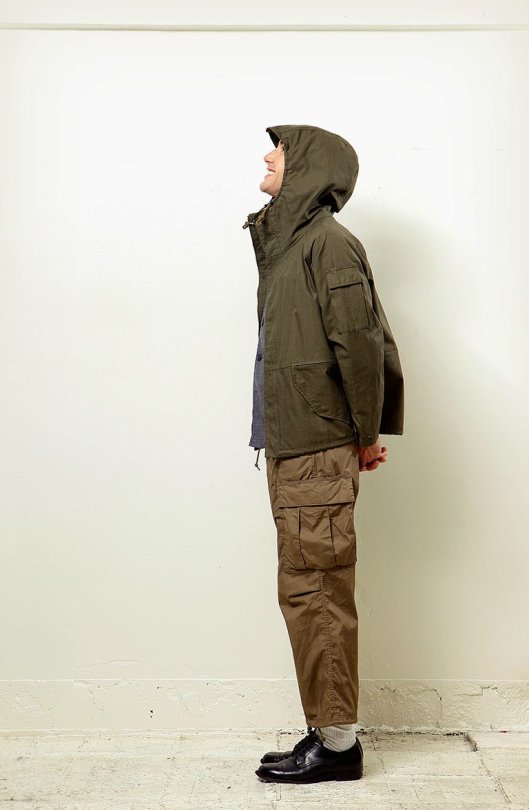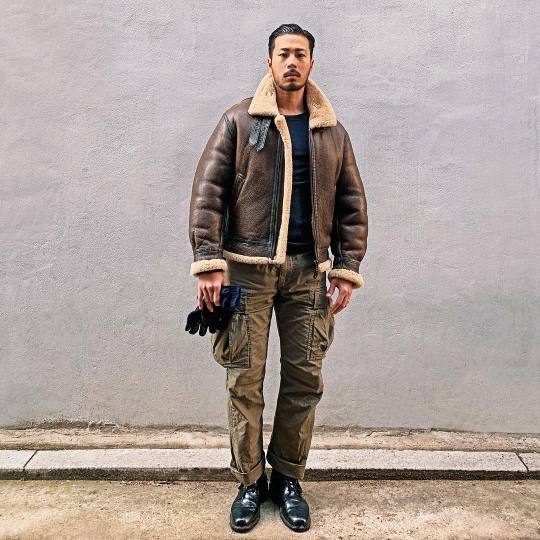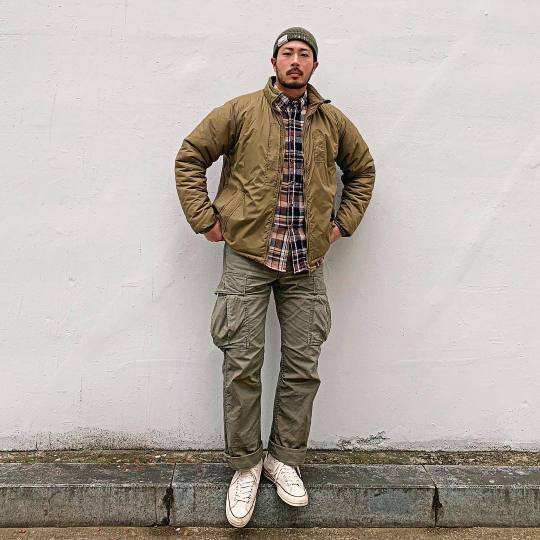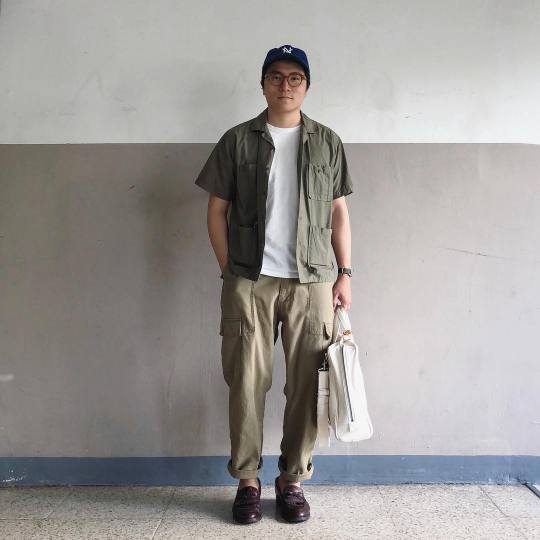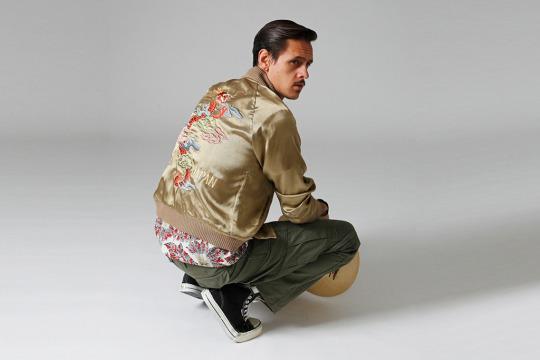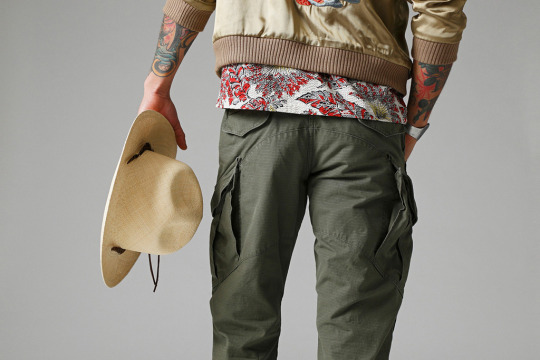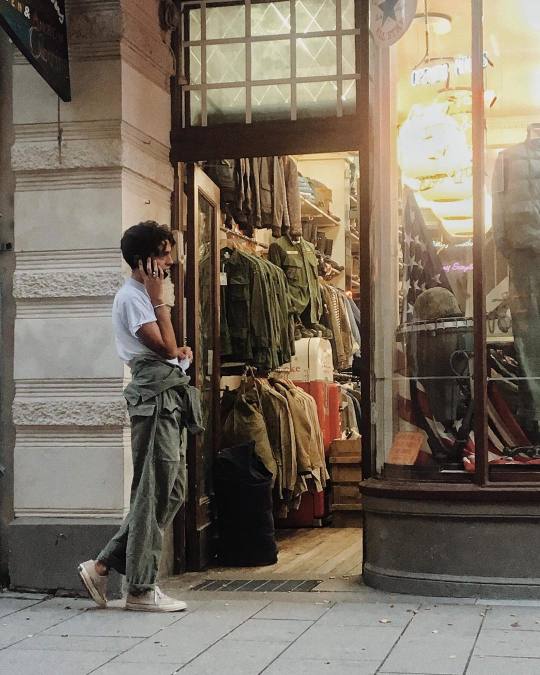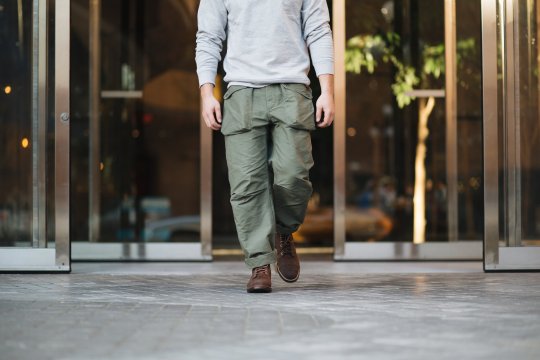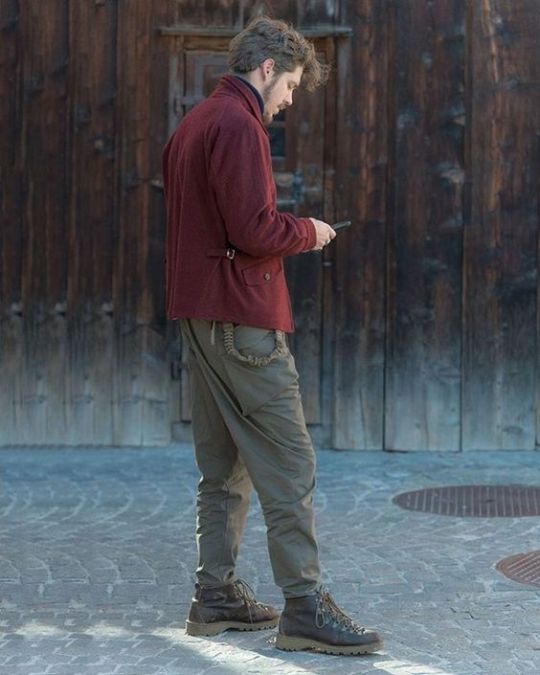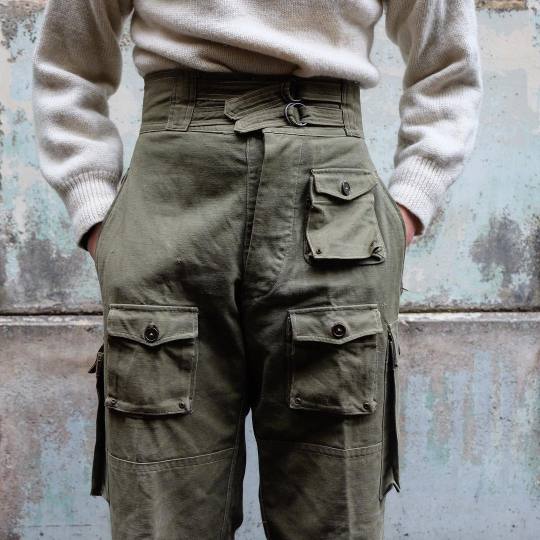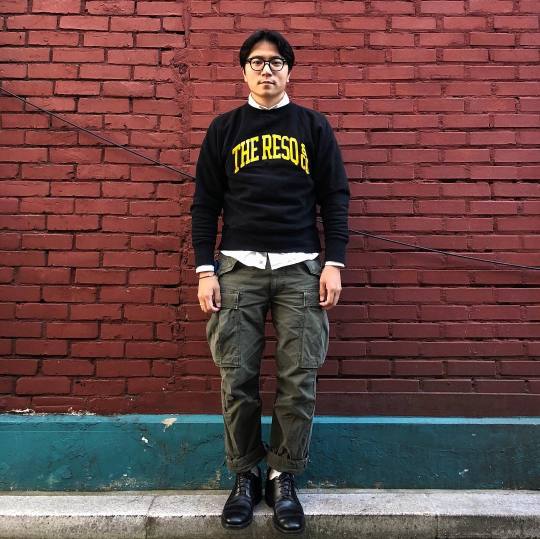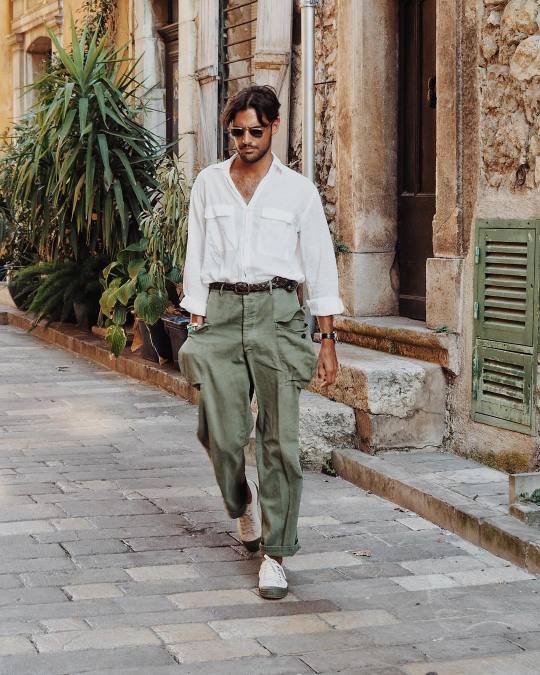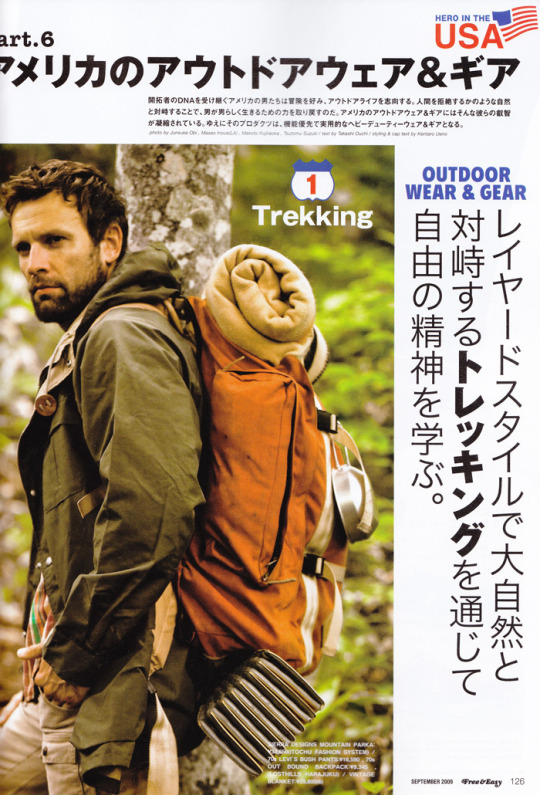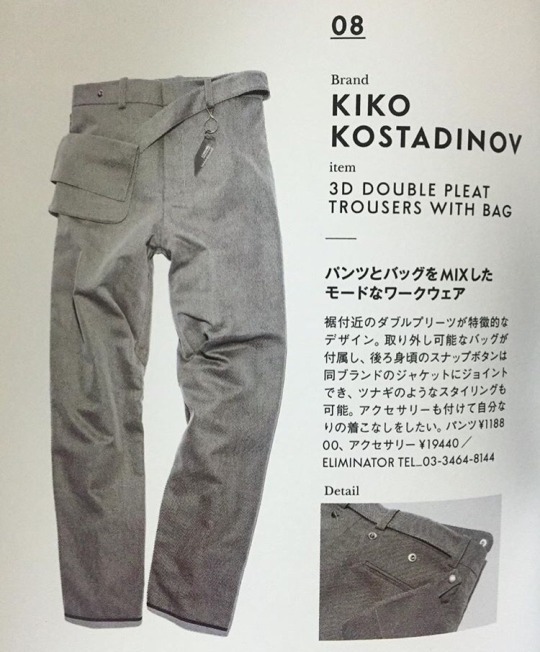
If you were on social media in 2016, you probably remember the Great Cargo Pocket War. It all started with an innocent article in The Wall Street Journal about how bulky cargo shorts were driving a wedge between people in their relationships. One of the men in the story said that, in the course of his 11-year marriage, he’s noticed as many as fifteen pairs of cargo shorts go missing. On the occasions he’s asked his wife about them, she admits to throwing them out or deflects to another subject. He’s now down to just one pair, which he guards closely (they’re hidden in a small nook somewhere). “I don’t let her get her hands on them,” he said. “I wish I had caught on sooner.”
Tom Lommel, an actor in Los Angeles, said he loves cargo shorts because they’re like wearing “socially acceptable sweatpants.” He reserves them for when his wife is away from home, however, because wearing them feels like he’s breaking a marriage vow. “I wish that were the truth,” his wife disputes. “If he was only wearing them when I could not look at him, that would be perfect.”
The article sparked a fierce internet debate. Fans of the style say cargo shorts are hard wearing, easier to move in, and practical in terms of storage space. Detractors say no one human being needs that many pockets. Cargo shorts and their related pants have become the symbol of aging frat-bros, uncool dads, and the sort of people who carry vape pens, tactical knives, and Soundgarden CDs on their body. Cargo pocket defender and International Relations professor Dan Drezner went a step further when he wrote in The Washington Post: “Cargo shorts are great and anyone who opposes them should just acknowledge their misandry and be done with it. […] Any article of clothing that helped defeat Hitler is an article of clothing that should never go out of style.”
I’m not a fan of cargo shorts, but I’ve come around to pants. They’re essentially a more stylized version of OG-107 fatigues, which have been a menswear favorite since at least 1970s. And both defenders and detractors have a point. Cargo pants are more breathable and practical for summer. They’ve also been out of style for years, make your legs look misshapen, and carry a lot of social baggage.

In some ways, it’s strange that menswear has so roundly rejected cargo pants when it’s usually obsessed with all things military. Why is that field jackets are perennial, but the most militaristic of leg coverings has gone out of vogue? To understand this, you have to go back to a 1904 essay on fashion by the German sociologist Georg Simmel. Simmel was writing when ready-to-wear was just emerging. Fast fashion hadn’t yet been invented and dress codes were still mostly governed by time, place, and occasion.
Still, even at the turn of the 20th century, Simmel understood why fashion changes. People dress in ways to show their allegiance with some groups and opposition to others, as well as express their individuality within a chosen tribe. In other words, they typically dressed like their betters, which at the time fell along hereditary and class lines. Once the hoi polloi got a hold of a look, however, the aristocracy would move on, thus driving fashion forward. As Simmel puts it:
Fashion is the imitation of a given example and satisfies the demand for social adaption; it leads the individual upon the road which all travel, it furnishes a general condition, which resolves the conduct of every individual into a mere example. At the same time it satisfies in no less degree the need of differentiation, the tendency towards dissimilarity, the desire for change and contrast, on the one hand by a constant change of contents, which gives to the fashion of today an individual stamp as opposed to that of yesterday and tomorrow, on the other hand because fashions differ for different classes – the fashions of the upper stratum of society are never identical with those of the lower; in fact, they are abandoned by the former as soon as the latter prepares to appropriate them.“
This story explains how cargo pants have gone from standard military issue to questionable garb. Depending on who you talk to, the pocketed field pant either comes from the American, British, or Spanish militaries during the Second World War. Since battle dress at this time was often made in shared facilities, however, it’s hard to verify which story is true. The Americans had their webbing made in the United Kingdom, whereas the British had their military uniforms made in the United States. This was due to Americans having more space and not being considered a major war zone.
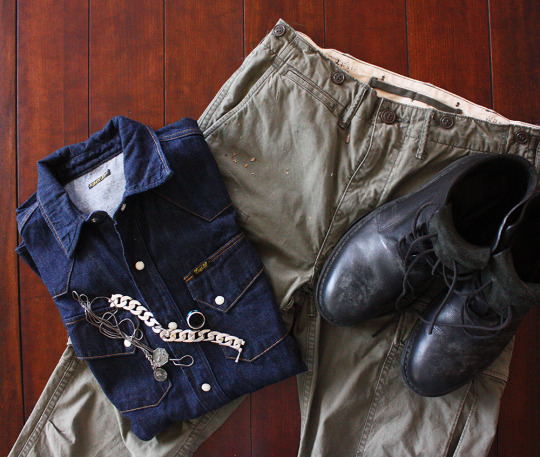
The most amusing origin story credits William P. Yarborough, a senior officer in the US Army and “Father of the Modern Green Berets.” Supposedly, Yarborough was so enraged with seeing his troops with their hands in their front pant-pockets that he had the Quarter Master regime – the in-house design unit for the US military – make pocketless fatigues. Since the troops needed a place to store ammunition, however, they moved the pockets down the leg and shifted them to the side. The pockets were then given box pleats so they could carry more things.
Like chinos, cargo pants came into civilian life through discharged veterans, who returned home from the distant trenches of Europe still wearing them. It wasn’t until the ‘90s, however, that they became part of mainstream fashion. They exploded on the retail scene through prep clothiers such as Ralph Lauren, The Gap, and most of all Abercrombie & Fitch, who pictured them on shirtless models. Those bulky pockets also fulfilled a need once cellphones became ubiquitous. Joseph Hancock, a Drexel University professor who did his Ph.D. thesis on cargo pants, told The Wall Street Journal: “Those teenagers are now married, and they don’t get rid of their clothes. They don’t evolve.” The reason why we hate cargo pants has little to do with their look; it’s about their social meaning and associations.
Although prep has saddled the cargo pant with social baggage, I think the style can still look good in its home environment of workwear. I wear ones above from RRL with a denim Kapital Western shirt, some Pretziada Shepherd boots, and vintage silver jewelry. The style goes well with anything that could be described as workwear or Americana – denim truckers or leather bombers, collegiate sweatshirts or varsity jackets, fisherman knits or chore coats. They’re natural accompaniments with chambray shirts and plaid flannels, boots or sneakers. Just keep them away from polos and fratty attire.


The nice thing about cargo pants is the detailing. This is less about the practicality of carrying needless items and more about creating a unique silhouette. Articulated knees, box pleated pockets, and drawstring hems can all help to create a more interesting shape on the bottom half of your outfit, which can really bring a look into its own (see below for examples). Swap these out for a pair of slim-straight OG-107 fatigues, and while the looks will be similar, they wouldn’t be the same.
My favorites are from Stevenson Overall Co (pictured above), RRL, and Wallace & Barnes. Toys McCoys are also nice, but a bit more straight-legged than I’d prefer. Deveaux has something contemporary; Junya Watanabe’s would be good for streetwear. John Mayer looks great in his Visvims, but the pre-distressing is only a little less aggressive than the distress you’ll get from the price. As usual, you can always go vintage and milsurp. The American military does a great cotton field pant; the Czech Republic has a nice design in wool. These Danish parachute pants also look really good. Etsy is full of options, which can be as old or new as you prefer.
Whether tailored or casual, most men’s outfits follow the same formula. The focus is typically on the top half of the outfit, centered on the jacket-and-shirt combo, with pants designed to visually fade into the background. This is why it’s easier to wear patterns on a jacket, rather than the trousers. Keeping to this formula makes it easier to dress in the morning, but as John Mayer recently noted in a very funny livestream, dressing from the shirt-down can send you into dead ends in terms of pant choices. The only way out ends up being something boring or floofy. “I propose we dress from the pants out,” said the known cargo-pant-lover. “The pants we choose end up affecting what shoes we wear and systematically what we wear on top. Good pants make good outfits.” If you’re open to experimentation, start with a slightly more interesting take on the classic fatigue. They’re surprisingly easy to wear if your wardrobe relies on workwear.
